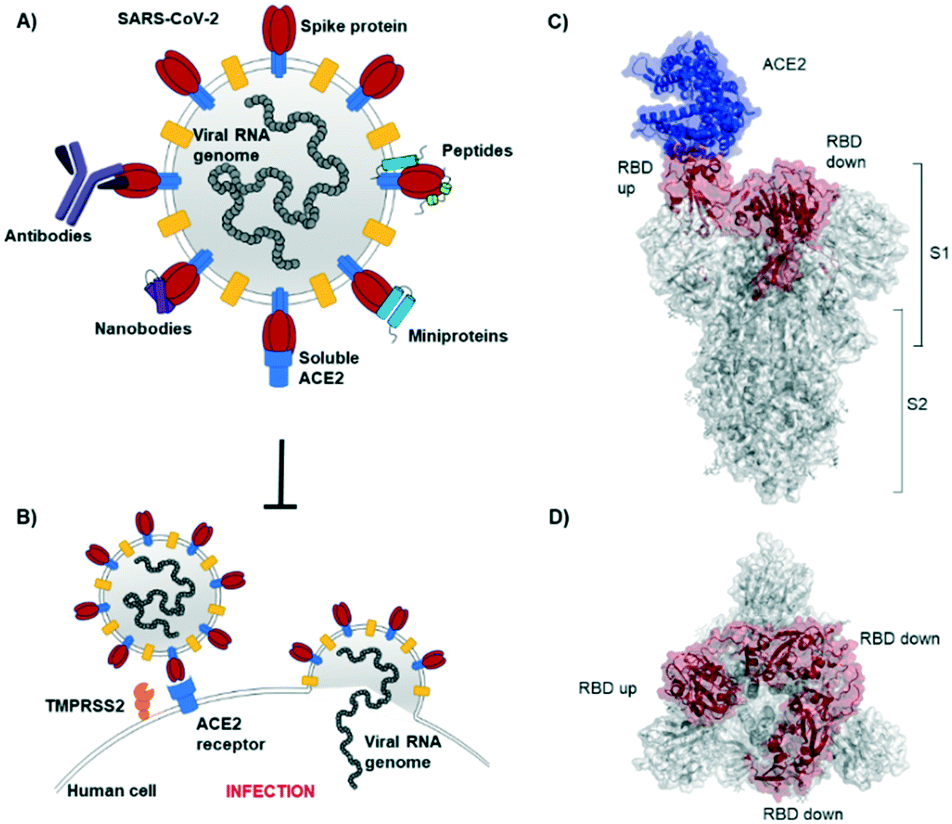

Pekosz described the study as “intriguing” but cautioned that more investigation is required to truly understand its implication. “Does this mean that their symptoms arise from something other than long COVID or does it mean that long COVID results from a multiplicity of causes? From our studies, we can’t answer that question,” Walt told MNT.ĭr. One question to answer is why 35-40% of the long COVID patients did not have measurable spike protein in their blood. However, before coming to solid conclusions, researchers will need to conduct further studies to confirm. Enabling clinicians to diagnose long COVID through a blood plasma test is a step toward more effective treatment. Using the spike protein as a diagnostic toolīesides providing compelling evidence for the viral reservoir hypothesis of long COVID, the presence of spike protein in the majority of long COVID patients suggests that spike protein could potentially be used as a biomarker for long COVID. Individuals with detectable viral RNA in their stools also reported ongoing gastrointestinal symptoms such as abdominal pain, nausea and vomiting. Bhatt and colleagues found that about 4% of individuals (or 1 out of 25) with mild to moderate COVID-19 continued shedding viral RNA in their stools seven months after COVID-19 diagnosis. Studies have pointed to the gut as a possible reservoir.Īt Stanford University in California, Dr. “Evidence for persistent virus and viral antigen/RNA reservoirs becoming more and more prevalent The presence of the spike protein in circulation in long haulers is adding to this emerging evidence.” Akiko Iwasaki, sterling professor of immunobiology and molecular, cellular and developmental biology at Yale University, who was not involved in the study, told MNT: Other researchers have also found evidence of viral persistence (the continuing presence of the virus) in patients with long COVID symptoms.ĭr. This kind of persistent infection is seen with some viruses but has not been clearly demonstrated with SARS-CoV-2.”

Finding these viral proteins in the blood could also explain why multiple organs can be affected by long COVID. “The presence of virus-infected cells at low levels would be the “trigger” for continued activation of the immune system. Andrew Pekosz, professor of molecular microbiology and immunology at the Johns Hopkins University Bloomberg School of Public Health, who was not involved in the study, told MNT that the existence of reservoirs of SARS-CoV-2 in organs such as the gut could potentially explain the symptoms of long COVID. Walt, one of the study’s authors, told The Guardian that the presence of the spike protein indicated such a reservoir as the half-life of this antigen is “pretty short” in the body.ĭr. The researchers believe that the presence of SARS-CoV-2 spike protein in a majority of long COVID patients up to 12 months post-diagnosis suggests the presence of an active persistent SARS-CoV-2 viral reservoir.ĭr. Moore, professor of microbiology and immunology at Weill Cornell Medicine, who was not involved in the study, told Medical News Today. “The most logical interpretation is that spike protein in serum is a surrogate marker for a persistent infection somewhere in the body,” Dr. The long COVID ‘viral reservoir’ hypothesis The S1 subunit and nucleocapsid were detected in the blood of COVID-19 patients immediately after the COVID-19 diagnosis, but the levels of these antigens quickly dropped below the limit of detection. In contrast, the researchers did not detect spike protein in any of the patients with typical COVID-19 infection. Out of the three SARS-CoV-2 antigens, the spike protein was the most common, having been detected in 60%-or 3 out of 5-of long COVID patients. The researchers found that the spike protein, S1 subunit, or nucleocapsid were present in the blood of 65% of the long COVID patients they tested, up to 12 months after their initial COVID-19 infection. Nucleocapsid – nucleic acid (genetic material) and surrounding capsid (protein coat) of the virus.S1 subunit of spike protein – one of two subunits that make up the spike protein.Spike protein – spike-like molecules that protrude from the surface of the SARS-CoV-2 virus.They sought to determine the levels of three SARS-CoV-2 antigens: To identify a blood biomarker for long COVID, researchers at Harvard Medical School and the Ragon Institute of MGH, MIT and Harvard, analyzed blood plasma samples collected from patients with long COVID and typical COVID-19 infection over a period of 12 months.


 0 kommentar(er)
0 kommentar(er)
